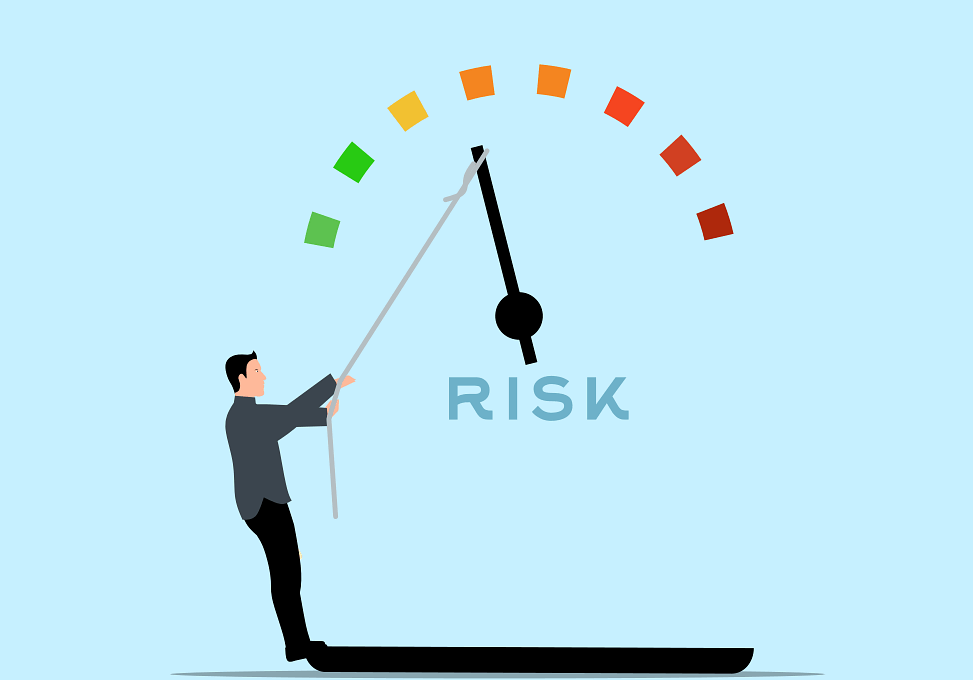Key Strategies for Effective Risk Management Decision Making
Effective risk management decision making involves understanding the complexities of potential risks. Organizations must implement robust frameworks that enable them to identify and evaluate risks accurately. A proactive approach ensures risks are managed efficiently, minimizing their impact on objectives. Prioritizing risks through qualitative and quantitative assessments can help organizations determine where to focus their resources. It’s essential to involve stakeholders across different levels to gain insights into various perspectives and concerns. Establishing a risk-aware culture is critical; it empowers employees to contribute to risk discussions actively. Emphasizing training ensures everyone understands their roles in risk management. Regular updates to risk assessment methodologies keep organizations agile in the face of changing environments. Additionally, leveraging technology can enhance data collection and analysis, providing real-time insights for decision-makers. Embracing a holistic view of risk management by integrating it into strategic planning plays an important role in achieving long-term success. Ultimately, organizations that effectively navigate risk will be better positioned to capitalize on opportunities while protecting their assets and achieving their goals. Continuous evaluation of these practices is essential for ongoing improvement and adaptability in a dynamic landscape.
Identifying potential risks requires a systematic approach utilizing various methodologies. Organizations should start by gathering historical data and analyzing past incidents to reveal patterns. Various quantitative techniques, like statistical analysis, can be employed to predict future risks. Qualitative assessments are valuable too, allowing smaller, less tangible risks to be identified through expert judgment and group discussions. A comprehensive risk matrix can help visualize the severity and likelihood of risks by prioritizing them. After identifying risks, organizations must evaluate them by considering their potential impact and likelihood, leading to informed decision-making. Regular risk assessments should be integrated into standard operating procedures. Engaging employees in this process increases buy-in and often uncovers risks that management might overlook. Collaborating with industry experts and utilizing benchmarking data can enhance the risk identification process. Additionally, it’s crucial to maintain open lines of communication across different departments to ensure that everyone remains informed. This continued dialogue fosters a transparent culture where risks are addressed collectively, ensuring that decision-makers have access to vital information for effective risk management.
Evaluating and Prioritizing Risks
Once risks are identified, evaluating and prioritizing them is essential for strategic focus. Organizations should assess risks based not just on their likelihood but also on their potential impact on business objectives. Risk assessment tools such as scoring systems help categorize risks into levels, making it easier to prioritize responses. Factors to consider include financial implications, operational disruption, and reputational damage, providing a comprehensive understanding of each risk’s criticality. Strong risk governance is crucial here, as it ensures that appropriate resources and attention are directed towards the highest priority risks. Regular reviews of risk evaluations are vital for adapting to new information or changing circumstances. Having a documented process for prioritizing risks makes it easier to justify resource allocation decisions. Furthermore, it ensures that all stakeholders understand where the organization stands in terms of risk exposure. By continuously refining prioritization strategies, organizations can implement more agile and informed responses. Sharing these evaluations with all relevant parties creates a cohesive understanding and fosters collective responsibility toward risk management efforts.
Developing risk response strategies is a pivotal part of effective risk management decision making. Organizations need to decide whether to accept, mitigate, transfer, or avoid risks based on their evaluation. Mitigation strategies, such as implementing controls or improving processes, can significantly reduce the likelihood and impact of risks. Transferring risks through insurance or outsourcing partnerships can also be effective. Each approach requires thorough analysis to weigh the benefits and costs associated with the chosen strategy. A combination of these strategies may provide the best protection while ensuring flexibility in operations. Engaging stakeholders in this response planning maximizes their diverse insights and encourages a sense of ownership. It’s important to simulate potential risk scenarios to test the effectiveness of response strategies before a real incident occurs. Regular training and exercises ensure that employees are prepared to implement these strategies effectively when needed. Transparency during this process builds trust among stakeholders, as they witness a commitment to risk management. Staying informed about new risk response options and best practices keeps the organization dynamic and responsive to evolving challenges.
Implementing Risk Management Plans
Successfully implementing risk management plans involves clear communication and structured processes. Organizations should develop specific action plans that outline roles and responsibilities for risk responses. Communication strategies are vital for ensuring that everyone is aware of their part in the risk management process. Additionally, investing in relevant technology can streamline implementation, making monitoring and reporting more efficient. Identifying key performance indicators (KPIs) related to risk management effectiveness allows organizations to evaluate the success of their strategies. Regular training sessions and workshops help maintain a focus on these initiatives, reinforcing the culture of risk awareness. Frequent updates on ongoing risks and mitigation progress keep stakeholders engaged and informed. Creating a feedback loop is essential; it allows teams to share insights and improvements based on practical experiences. Documenting lessons learned enhances future risk management efforts and can lead to innovative approaches. Maintaining flexibility in implementing plans ensures organizations can adapt to new challenges and emerging risks. By promoting a proactive mindset, organizations can foster resilience, helping them thrive amid uncertainties and challenges.
Monitoring and reviewing risk management strategies is a continuous process necessary for effective decision making. Regular reviews allow organizations to assess the effectiveness of their risk management plans and make necessary adjustments. Establishing a schedule for formal reviews ensures consistency and encourages accountability among team members. Remaining vigilant in monitoring emerging risks facilitates timely responses to unexpected challenges. Utilizing dashboards and reporting tools can enhance visibility into risk statuses, making it easier for decision-makers to stay informed. Involving different departments in the review process enriches discussions and promotes collaborative risk management approaches. Continuous learning from both successes and failures strengthens organizational resilience over time. Employee feedback during these reviews is invaluable, providing valuable insights that can lead to enhanced strategies. An iterative approach to risk management fosters innovation and a culture that embraces change. Moreover, staying current with industry trends improves an organization’s ability to anticipate potential risks. Adequate documentation of changes and their impacts serves as a reference for future decision-making, ensuring lessons learned remain integral to the risk management process.
Integrating Risk Management with Business Strategy
Integrating risk management with overall business strategy creates a unified approach to decision-making. Organizations that weave risk considerations into their strategic plans benefit from improved awareness and preparedness for potential challenges. One way to achieve this is by aligning risk management objectives with organizational goals, ensuring that all initiatives are mutually reinforcing. This integration fosters a common language around risk across different levels and departments. Executives should champion risk awareness by actively incorporating it into their objectives and priorities. This top-down approach encourages all employees to consider risks in their daily work. Regular alignment meetings between risk management teams and business units can strengthen collaboration and ensure that strategic risks are consistently monitored. The implementation of strategic risk assessments evaluates the risks associated with new projects or initiatives. Creating a culture where risk considerations are routine enhances the organization’s agility. Utilizing insights from performance metrics can lead to better resource allocation and informed investments. Ultimately, organizations that effectively combine risk management with strategic planning will enhance their potential for sustainable success and competitive advantage.
In conclusion, effective risk management decision-making encompasses a variety of strategies that organizations must adapt. Identifying, evaluating, and prioritizing risks creates a strong foundation, while developing and implementing response plans enables proactive management. Continuous monitoring and integrating risk insights into strategic planning elevate an organization’s approach to both risks and opportunities. Engaging stakeholders at every level ensures a comprehensive understanding of risks and promotes a collaborative culture dedicated to success. Learning from experiences and fostering flexibility contributes to resilience, allowing businesses to adapt to ever-changing environments. Additionally, organizations must embrace technology and innovation to enhance their risk management practices. The ever-evolving landscape of risks requires adaptability and a willingness to improve continuously. Keeping informed of new industry trends and best practices empowers organizations to make informed decisions. By instilling a risk-aware mindset, organizations can effectively navigate uncertainties while pursuing their goals. Achieving long-term success hinges on these integrated risk management strategies, shaped by ongoing reviews and adaptation to changing conditions.


